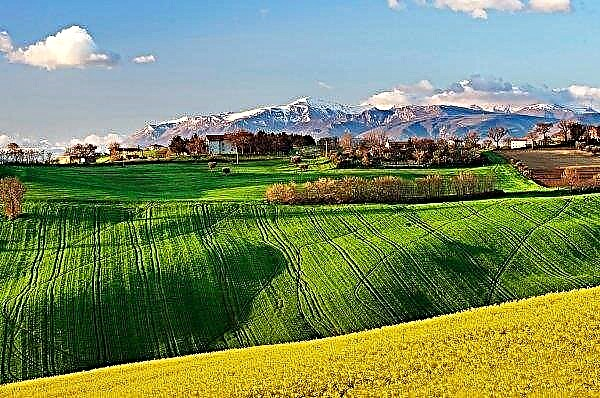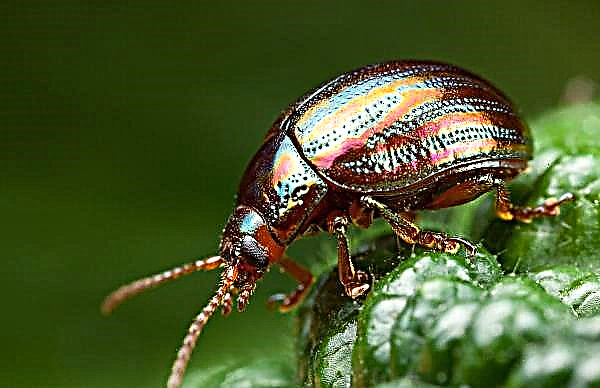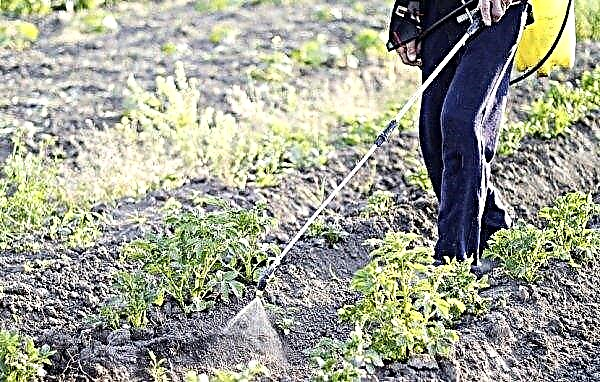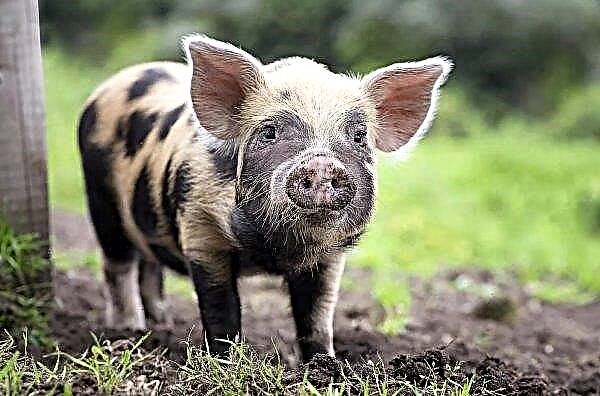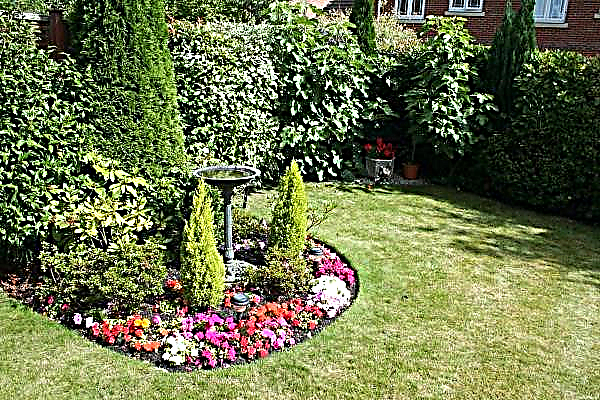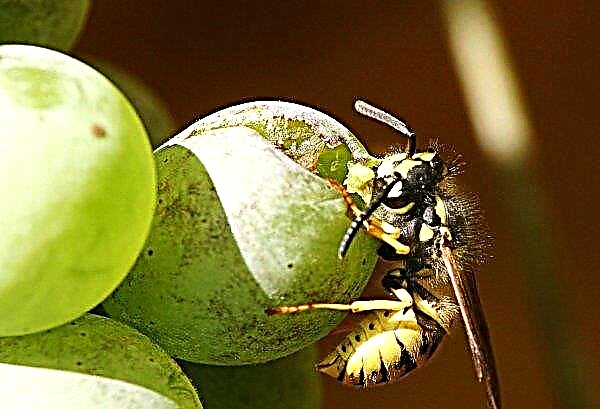The lawn is an integral part of any modern landscape, so almost every summer resident thinks about growing it. It allows you to create the perfect contrast for all kinds of ornamental plants, and is also considered the best ground cover. The article describes in detail the characteristics of the most popular ways to equip a lawn in the garden, lists their differences, as well as all sorts of advantages and disadvantages.
Lawn Differences
In horticulture and landscape art, two main methods of growing a lawn on a site, the so-called roll and seed, are known. Despite the fact that the end result of a particular technique is almost identical, in both cases the resulting lawn differs not only in individual characteristics, but also in special requirements. This should be taken into account before arranging it, in order to avoid all kinds of difficulties with further care.
According to characteristics
The main difference between a rolled and sowing lawn is the method of arranging it on the site. In the first case, the grass is grown directly in garden soil, by sowing seeds and a detailed cultivation of the seedlings obtained. In the second, the topsoil is being replaced with sod litter with plants that are live and ready for vegetation. It represents small rolls up to 50 cm wide and about 2 m long.
Did you know? The tradition of growing a short trimmed solid grass cover arose in ancient Greece, before the advent of a new era. However, this gardening method gained its popularity somewhat later, approximately in the XIV-XVI century BC. e.
Also, the differences between the roll and sowing lawns are the purity of the grass mixture. In the first case, the upper part of the plot completely changes to turf flooring with stable plant cenosis. This allows you to achieve the predominance of a single culture, as well as a combination of 2-3. With independent sowing, it is impossible to achieve plant frequency per m², since it is almost impossible to completely sterilize the upper horizons of garden soil at home.

You should also take note of the fact that rolled grass allows you to create a stable coating for special purposes. It is characterized by increased resistance to damage and mechanical stress, which makes it an ideal choice for landscaping sports fields, stadiums and public places. The sowing lawn is often not durable therefore suitable only for decorative purposes, as well as home use (picnics, etc.).
According to care requirements
Sowing lawns are considered the most demanding care. Crops should be at least 1 time in 3 days well watered and fed with nitrogen and phosphorus-potassium fertilizers (1-2 times in 14 days). In addition, crops also need to be weeded regularly (at least 1 time per week), since the full formation of grassy cenosis lasts several seasons. Such care will have to be provided for at least 3-4 years, otherwise it will be almost impossible to achieve a uniform grassy cover.
In turn, roll grass is easier to grow. It requires intensive care only during the first year after disembarkation. In this case, the procedure provides only regular watering (every day, morning and evening) and top dressing with nitrogen and phosphorus-potassium mixtures at least once every 14 days. After this period, the intensity of care decreases by about 2 times.
Important! Fertilizer rates should be applied strictly adhering to the manufacturer's recommendations. Otherwise, you can cause a chemical burn of grass, which will lead to its point or mass yellowing.
Advantages and disadvantages
Like any landscaping technique, this or that type of lawn boasts both advantages and some disadvantages. Knowledge of these characteristics allows you to choose the perfect solution for each specific case. And this is the main condition not only for problem-free lawn cultivation, but also for its longevity.
Roll
The undoubted advantage of a rolled lawn is the speed of its installation, you can cover the entire area with exquisite vegetation in just a day. Moreover, this will require no more than 3-4 people, and styling can be performed throughout the entire vegetative period. Also a positive feature is the fact that such planting material consists exclusively of weed-resistant species of vegetation. Therefore, it is guaranteed not to be exposed to them. In addition, such a coating looks holistically and richly, as it has been grown on specialized fields for at least several years before planting.
- The main disadvantages of a rolled lawn:
- high price;
- full installation is possible only with the participation of specialists;
- huge weight, which involves the involvement of trucks;
- laying can be carried out no later than 7-10 days after removal from the nursery;
- for planting a live lawn, it is necessary to carefully prepare the base;
- such a lawn survives only on soils close to those on which the plants grew in the nursery;
- increased demands on lighting and humidity;
- in comparison with sowing, it has a shorter lifespan.
Did you know? In Russia, lawns first appeared at the beginning of the XVIII century. They began to create on the territory of the royal and noble gardens, by decree of Peter I.
Sowing
The main advantage of the sowing lawn is its minimum cost, the main costs in this case are the purchase of sowing materialas well as mineral fertilizers for feeding grass. Such a lawn is a more universal solution, this landscaping technique provides for the selection of only those plants that are most suited to specific conditions. This allows you to get a complete vegetation cover, even in shaded areas. In addition, the sowing green lawn, unlike the rolled lawn, is more durable and better adapted to a specific microclimate and soil environment.

- The disadvantages of the sowing lawn are as follows:
- manual sowing does not allow to achieve uniformity of plants per m², in order to avoid this, the cost of a special mowing will be required;
- in order to form a full-fledged vegetation cover, at least 2–4 seasons will be required;
- grass grows unevenly, which provokes a variety of bald spots on the cover;
- it is almost impossible to protect crops from weeds;
- all work on sowing seeds can be carried out only in the early spring;
- the first 2-3 seasons the lawn needs regular fertilizing with nitrogen fertilizers.
Important! For the first 4 months it is forbidden to walk on the sowing lawn and subject it to other loads and mechanical damage. Otherwise, to form a continuous vegetation cover will not work.
A beautiful and uniform grassy lawn is the best complement to any garden. With its help, you can achieve the ideal grassy base, which will create a suitable microclimate on the site for summer holidays. In this case, the choice in the direction of a sowing or roll type should be made solely on the basis of their own requirements for coverage, budget, and also the ultimate goals of landscaping. Only in this case forces and means will be spent on it in pleasure.


